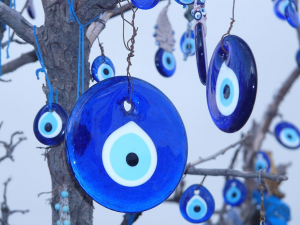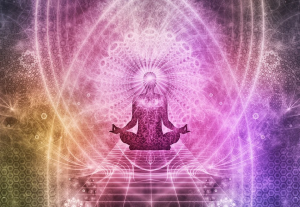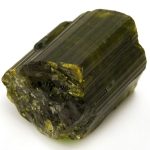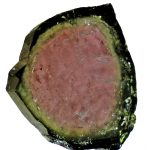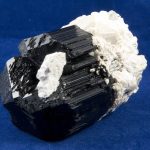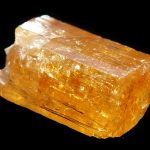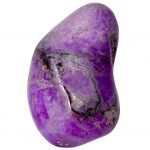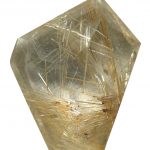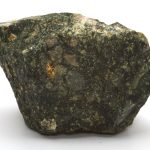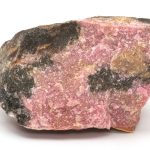Nakshatras are simply, the constellations according to the Vedic astrology. And have originated from the 88 constellations in western astrology and known as “asterisms” in general terms. The changes in the position of Nakshatras are said to have various effects on a person. Astrology is the science that studies these effects and makes predictions according to their studies. Vedic astrology is said to be more accurate because it has existed since long before the western astrology came into being and it being originated in India which is a home to the oldest civilizations in the world. Nakshatras are also called lunar constellations.
There are in total 27 types of Nakshatras and in some cases 28. The studies are based on how the moon when aligned with different stars has different effects on humans and their life. The rashis or the sun signs represent each individual human according to their date, place and the time of their birth. There are 12 rashis similar to the 12 sun signs in the western astrology.
The 27 Nakshatras and their associations:
- Aswini – It is known to be ruled by the Aswini twins and is represented by a horse’s head.
- Bharani – It is ruled by Yama, the lord of death and is symbolized by a ‘yoni’.
- Krittika – It is ruled by the Lord of Fire, Agni. It is represented by the symbols Axe, scalpel or a flame.
- Rohini – It is ruled by Lord Brahma, the creator of the world and is symbolized by an ox cart.
- Mrigashirsha – Ruled by Chandra (moon) or Soma which is considered as the lord of all Nakshatras the Mrigashirsha is symbolized by a deer with antlers.
- Ardra – It is ruled by the storm god, Rudra and is symbolized by teardrop and perspiration.
- Punarvasu – This Nakshatra is ruled by the mother of all goodness, or the eternal mother, Aditi. It is symbolized by a quiver of arrows.
- Pushya – It is represented by the guru of the gods and the lord of prayer and devotion Brahispati. It is symbolized by a cow udder giving milk.
- Ashlesha – It is ruled by the Serpent God, Sarpa who represents Rahu (the north lunar node) which is often represented as a demon in Hindu mythology. The symbol of this Nakshatra is a coiled serpent.
- Magha – Ruled by the Pitra or the spirits of the Ancestors, the Magha is symbolized by a throne room.
- Purva Phalguni – Connected to the ‘Bhaga’ or luck, the Purva Phalguni Nakshatra is symbolized by the back legs of a bed.
- Uttara Phalguni – The ruler of this asterism is Aryaman and is symbolized by the front legs of a bed.
- Hasta – It is ruled by Savitr, a special form of the sun right before the dawn, and is symbolized by a hand or a clenched fist.
- Chitra – This is ruled by the “architect of the gods” Vishvakarma and is symbolized by a shining jewel.
- Swati – It is ruled by the wind god Vayu, the ruler of the cosmic life force, represented by a sprout, sword and a coral.
- Vishakha – It is ruled by the gods Indra and Agni, and is represented with the symbol of a gateway.
- Anuradha – Ruled by another form of the sun, Mitra, the asterism is represented by a decorated gateway.
- Jyeshtha – This is ruled by the king of the gods, Indra and its symbols are a talisman and an earring.
- Mula – It is ruled by the wife of sin, Nirrti and is represented by a lion’s tail or a bunch of roots.
- Purva Ashadha – Symbolized by the tusk of the elephant and a fan this asterism is ruled by Apas, the water goddess.
- Uttara Ashadha – Vishvadeva (the god collective, the all-gods), it is symbolized by the tusk of the elephant and the planks of a bed.
- Sravana – The ruler of this Nakshatra is the omnipresent Lord Vishnu and is connected to the sky. It is symbolized by 3 footprints, an ear and a trident (trishool).
- Dhanishta – This is ruled by the Vasus, who are the 8 gods who represent all the earthly abundance. Symbolized by a Drum.
- Shatabhisha – Ruled by Varuna, the god of cosmic waters, and natural principles; the asterism is symbolized by an empty circle or a charm.
- Purva Bhadrapada – Ajaikapada or the lord of the dance Shiva rules this. It is symbolized by the Front of a funeral cot and a two faced man.
- Uttara Bhadrapada – The Nakshatras is ruled by the Naga, Ahibudhnya who is the serpent god and is connected to the south lunar node known as the demon Ketu. It is symbolized by the back of a funeral cot.
- Revati – This is ruled by Pushan, the protective deity or the nourisher. Represented by a pair of fish or a drum.
All the aforementioned Nakshatras are believed to have an impact on our very lives and the future turn of events can be predicted with the study of their movement. They hold a different meaning for every sun sign. Sun signs or “rashis” are simply the zodiac signs. Like westeren astrology the zodiac signs are the same with the only difference being the names.
Here are the 7 zodiac signs and their names in Vedic astrology
- Aries – Mesha (मेष)
- Taurus – Vrasabha (वृषभ)
- Gemini – Mithuna (मिथुन)
- Cancer – Karka (कर्क
- Leo – Simha (सिंह)
- Virgo – Kanya (कन्या)
- Libra – Tula (तुला)
- Scorpio – Vṛścika (वृश्चिक)
- Sagittarius – Dhanu (धनु)
- Capricorn – Makar (मकर)
- Aquarius – Kumbha (कुम्भ)
- Pisces – Mina (मीन)
All the aforementioned sun signs or rashis or simply the Zodiac signs, are determined according to the date of a person’s birth. Each rashi is further governed by the various gods and deities that rule the Nakshatras. Vedic astrology although has its religious inclusions is based on practical science and precise calculations. The study of the Nakshatras and their effects on our lives and the events that unfold has truly made it a real but mystical, human-science.


